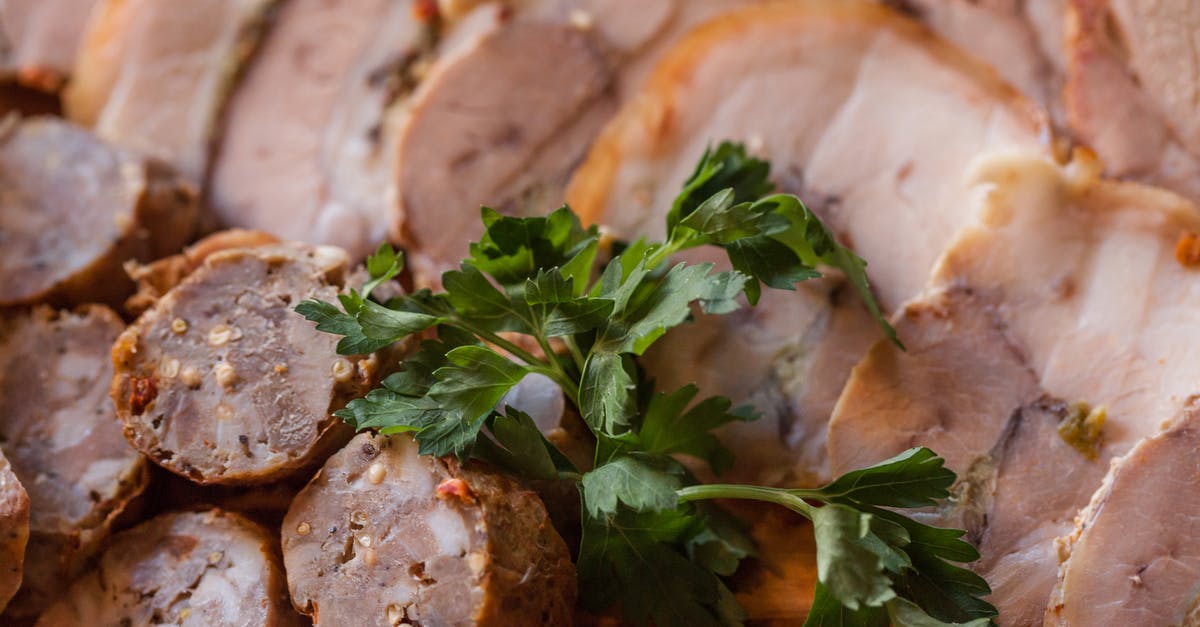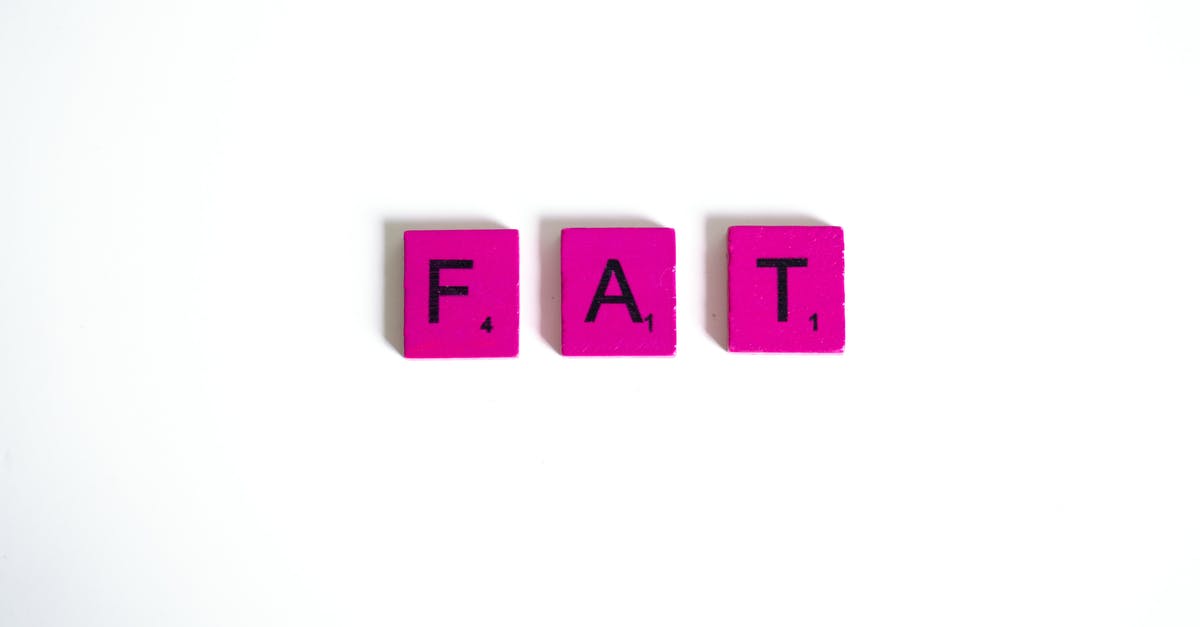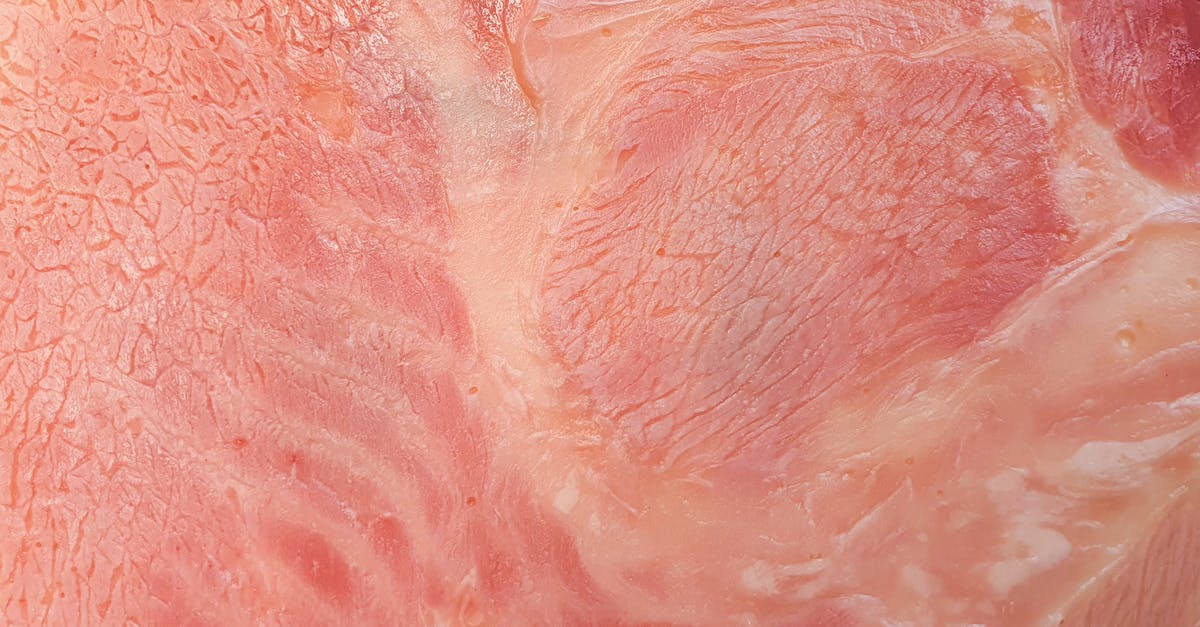Why isn't my steak fat cooking?

Recently, I've been experimenting with trying to cook steak on the stovetop (or in the oven), and I'm having a problem with each one that is really frustrating me. Typically when fat is left in a steak, its white and moist, while seeming to have at least partially rendered. In each steak I've cooked however, there remains chunks of solid, uncooked fat that ruins the dish. They are cold and hard and persistent throughout the cut, as if they hadn't been melted away at all. Its not the typical type of fat one sees remaining in a cooked steak. My question then is, what is happening and how do I avoid it? I've tried broiling and cooking over as high of heat as I can, and I've tried slow-roasting on medium heat for awhile. Is this "fat" mostly a consequence of cook time or temperature, and how can I fix it without obliterating my steak to shoe-leather town.
I should also mention that the steak is cooked past my liking (IE to medium-well) and there are pieces that have none of this fat so it seems like another culprit might be that I'm not cooking it evenly but I don't know what to do differently.
Thanks in advance!
EDIT: Types of steak include flank steak, sirloin, and petite tender.
Best Answer
Summary: The cure to hard or overly chewy fat is generally longer cooking, but you may also want to consider trying a different source for procuring steaks.
My guess, based on the description in the question, is that this is a collagen issue. Beef fat will begin to melt over around 100F (~40C), and it will begin rendering in earnest by the time you hit the "medium rare" temperature. (That's often why "medium rare" is considered ideal for steaks; it's not as tender as rare or "blue" meat, but the fat rendering makes it taste more succulent.) If the steak is really done to "medium well," it should be plenty warm enough to get the process of internal fat melting going well.
[Sidenote: I'm not sure I understand the question description of the fat as "cold" or "uncooked" -- it's basically impossible for internal fat to have those characteristics when surrounded by muscle cooked to medium-well, unless you have a giant vein of connective tissue running through the middle of the steak. However, fat has a different heat capacity than muscle, and it often seems to be at a different temperature when eaten. I'm guessing that's what's going on here?]
So if the fat is still tough, the problem seems most likely to be collagen content. Collagen gradually converts to gelatin during cooking, a process that speeds up as the cooking temperature gets higher. While collagen is found in greater quantities in tougher muscles (e.g., the chunk or shoulder), it also helps to hold the structure together even in more tender cuts. Often, the stuff we call "gristle" in fatty steaks isn't the true gristle of elastin and tendon which wouldn't be broken down with prolonged cooking, but merely fat or connective tissue with a higher collagen content. In a pot roast cooked for many hours, this stuff would gradually turn into gelatin.
Anyhow, there are many different types of collagen too, some of which take much longer or higher temperatures to break down. Depending on the diet of the animal, how it is exercised, how old it is at slaughter, and whether (and how) the meat is aged, the collagen around and within some sections of fat -- even typically "tender" fatty cuts like ribeye -- can be quite tough and resistant to breakdown. The biggest factor is often age: as an animal gets older, the types of collagen networks get more complex and harder to break down.
If this is indeed the issue in your steaks, there are two solutions:
Try buying different steaks. It could be your source. I don't know where the OP is from, but in the U.S., grocery stores (for example) often sell ungraded meat under "store brands." The meat isn't necessarily bad quality, but one reason to not bother to grade the meat is that the animal is a little older at slaughter, which automatically will disqualify the meat from the higher grades most people look for. Or it could contain very little marbling, which tends to mean that the fat which is present has a higher concentration of connective tissue. I've had plenty of grocery-store steaks over the years which had flavorful muscle, but most of the fat would never render and would remain tough, likely due to higher collagen content. This seemed to be much more common in steaks from some stores, but not at others. (Also, if you're in the U.S., be careful to note that graded steaks should specify USDA grading and generally carry the USDA seal -- it's actually perfectly legal for stores to sell an ungraded steak under a label like "America's Choice," even if the meat is not USDA Choice grade.)
If you can't change sources, or the problem still occurs, the solution is longer, slower cooking. Perhaps a lot longer. Collagen breakdown can occur at lower temperatures, but the higher the temperature, the faster it will happen. If you want to cook for a long time but still maintain a medium or medium-rare steak, the ideal method is sous vide (i.e., sealed meat in a water bath held to constant temperature). Alternatively, I have had success with a long, slow-roasting method cooking a steak in a very low oven (perhaps one that is barely heated to "warm" and then turned off; you'll probably need to monitor the internal steak temperature with a probe) for a couple hours, then searing very quickly before eating. This latter method often gets me closest to the "steakhouse" experience at home, since the slow-roasting at low temp effectively does a bit of accelerated dry-aging, and the fat in a cut like a ribeye will often end up soft, buttery, and ready to burst with juices. (However, even after a couple hours of slow cooking, I've still had some grocery store steaks where the fat remained tough. I stopped buying steaks at those stores.)
Just as another note: I mentioned above that I didn't really believe the fat could still be uncooked and cold in a medium-well steak. If, for some reason, I'm wrong, and that is actually happening here, the solution will still be longer, slower cooking to even out the temperature as the meat cooks. You may not need to go to the extremes I mentioned in the previous point, but you'll perhaps want to slow down the cooking process significantly.
Of course, these alternate cooking methods will take long, and most people want to cook their steak for a few minutes and then eat. In that case, I'd strongly recommend trying meat from a different source and see if your results improve.
Pictures about "Why isn't my steak fat cooking?"



Quick Answer about "Why isn't my steak fat cooking?"
Try buying different steaks. Or it could contain very little marbling, which tends to mean that the fat which is present has a higher concentration of connective tissue.How do I cook my steak fat?
Sear steaks in the hot pan for 2-3 minutes per side. If the steak has a side of fat, turn the steak onto its side and render the fat by searing it for 2-3 minutes as well. Slide the skillet with the seared steaks in it into the oven to finish cooking.How do I make my steak tender and fat?
Steaks should be cooked at a high temperature for a short time. This allows the fat to melt and be evenly distributed through the meat, so it is juicy and tender. Cooking the steak too long will cause the fat to evaporate and make it tough and chewy.Why Isn't Our Moon a Planet?
More answers regarding why isn't my steak fat cooking?
Answer 2
As a steak cooks fat will melt away but not all the fat will melt away even well done.
If you want less fat in the cooked steak then you need to start with a low fat cut such as fillet minion. You can trim fat prior to cooking.
You can trim fat after cooking. Some people like a big hunk of fat in the middle to keep the meat moist. Does not mean you need to eat it.
Low heat is going to cook more evenly.
A pan is going to hold fat.
You should not have cold hard fat unless you are just searing a fatty cut.
Answer 3
Make sure that the meat is taken out of the refrigerator for at least an hour before cooking.
Sources: Stack Exchange - This article follows the attribution requirements of Stack Exchange and is licensed under CC BY-SA 3.0.
Images: Engin Akyurt, Julia Filirovska, Anna Tarazevich, visionart.av
